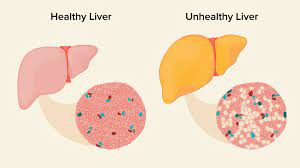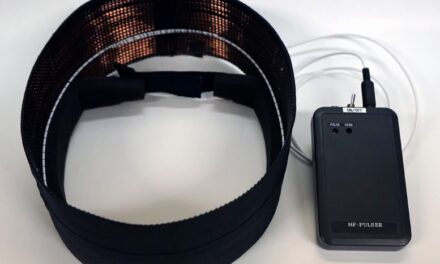Researchers at the University of Helsinki and HUS Helsinki University Hospital have achieved a significant breakthrough in combating a hereditary liver disease by successfully correcting a gene defect that triggers its adverse effects on cells.
The disease in question, Argininosuccinate lyase deficiency (ASLD), also known as argininosuccinic aciduria, is particularly prevalent in the Finnish genetic heritage. ASLD disrupts normal protein processing in the body, leading to a dangerous accumulation of argininosuccinic acid and ammonia. Excess ammonia can result in consciousness disturbances, coma, and even death.
Infants in Finland are screened for ASLD to assess the risk of the disease before symptoms manifest. Current treatment options include an extremely strict lifelong diet and, in severe cases, a liver transplant.
In their groundbreaking study, researchers successfully corrected the gene defect associated with ASLD, demonstrating that the harmful metabolism caused by the disease can be cured. Initially, the team modified the skin cells of ASLD patients into stem cells. Subsequently, they employed the CRISPR-Cas9 technique, colloquially known as gene scissors, to reprogram the disease-causing gene defects in the stem cells. Finally, the corrected stem cells were guided to differentiate into liver cells to assess the efficacy of the treatment in curing the hepatic function impairment caused by ASLD.
Docent of Stem Cell Biology Kirmo Wartiovaara, a specialist in medical genetics from the University of Helsinki and HUS, emphasized the significance of their findings. He stated, “In our study, we demonstrated for the first time that the gene defect causing ASLD can be corrected with gene scissors without any adverse effects visible in the cells. The gene-corrected cells were also metabolically improved.”
Published in the American Journal of Human Genetics, the study also identified a promising “gene mixture” based on the formula of a pharmaceutical product already in use, which could facilitate its clinical application in the future.
Doctoral Researcher Timo Keskinen from the University of Helsinki highlighted the next steps, stating, “Our next goal is to cure ASLD in mice. The same gene editing technique works on living animals and humans, but we don’t yet know how safe it is. This is why the matter has to be investigated first in laboratory animals.”
The breakthrough holds significant therapeutic potential for hereditary diseases, offering hope for permanent fixes through precise gene-editing techniques. Wartiovaara concluded, “Thanks to basic research carried out with the help of gene scissors and other precise gene-editing techniques, permanent fixes are gradually starting to emerge.”
The study forms part of the doctoral theses of Sami Jalil and Timo Keskinen, supervised at the Biomedicum Stem Cell Center of the Biomedicum Helsinki research institute by Docent Kirmo Wartiovaara and Mervi Hyvönen, DMedSc.











